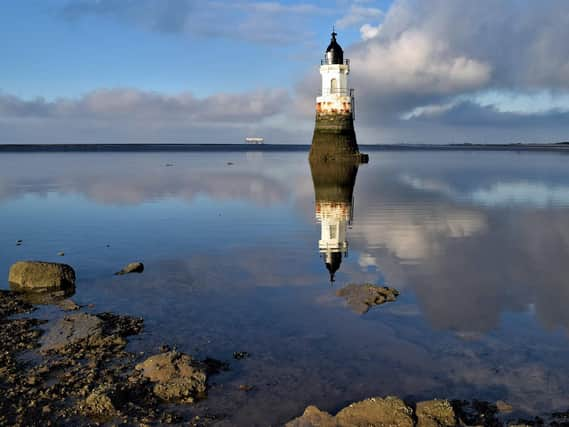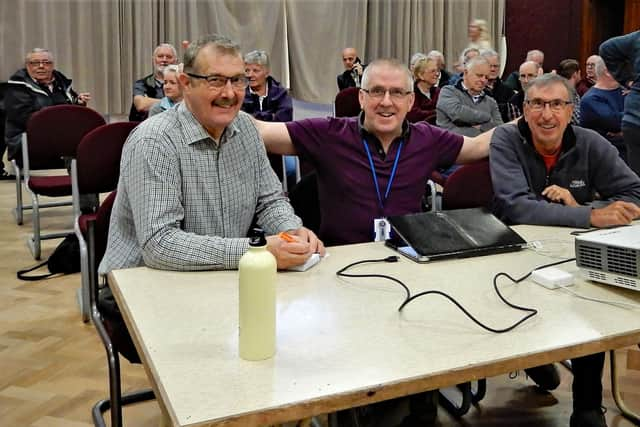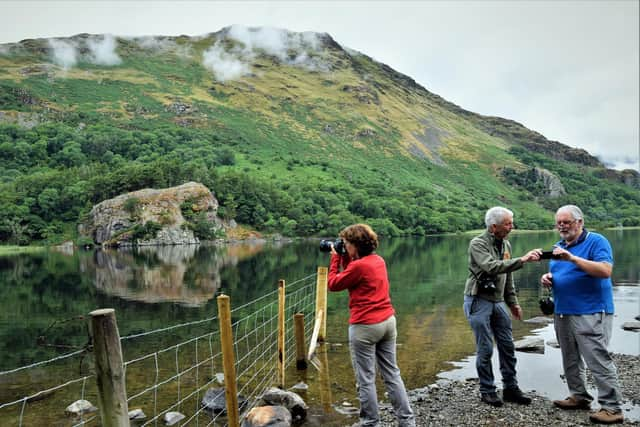'Pictures bring memories to life': The 120-year-old Lancashire camera club exploring the artistic science of photography


"I don't think you can ever capture something perfectly," explains Bob Singleton. "You get shots that you like, but it's about searching for something new and interesting." Mick Park agrees. "You're always looking for that perfect picture, but it doesn't exist," he says. "That's part of the fun."
Founded in 1901, The Blackburn and District Camera Club has a long and storied history boasting a litany of decorated members who have earned distinction awards from the Royal Photographic Society. A group of like-minded individuals, the club is open to shutterbugs of all ages and levels of experience and provides a friendly environment in which to pick the brains of fellow members, share work, and explore ideas.
Advertisement
Hide AdAdvertisement
Hide Ad"I started out with a camera a long time ago, but photography is a constant challenge to yourself," says President Nan Goodall. "Sometimes, you might take a shot and think it's wonderful, but there's always an element of surprise and things don't always go according to plan so, when you do nail it, there's a great sense of achievement.


"For example, I set myself a project last year to photograph Plover Scar Lighthouse and made eight trips to get the perfect picture," adds Nan, a member since 2012. "It was November when I finally got the shot with the right sun, the right wind for the reflections, the tide... I got to know that place really well!
"I've found it to be a really positive outlet and a real health benefit because it takes you out, it gets you walking, and the aspect of friendship between members has been a real boon during lockdown. It's a great group of people."
Treasurer Keith Heyworth joined the club four years ago and has always had a love for photography. "I first picked a camera up in the mid-'70s and never put it down," he explains. "I see photography as my therapy; if I'm having a bad day, I go off to take some pictures. It's a solace and, at a time like this, that mental health angle is crucial.
Advertisement
Hide AdAdvertisement
Hide Ad"Even in lockdown, you don't necessarily need to go anywhere special, you can take photographs anywhere," Keith adds. "It's all about enjoying the process because photography is an artistic science: looking at something, you definitely know if it's liable to provide a winning shot, but there are so many ways you can muck that up!


"This is such a friendly bunch of people and such a good experience because pictures bring great memories back to life."
Prior to the pandemic, the club met at the Canberra Club at the Samlesbury Aerodrome where gatherings involved friendly competitions, practical evenings, meetings on particular topics, and talks from various speakers. Quick to pivot to Zoom, the club - which has around 30 members - now holds twice-weekly digital get-togethers instead.
"Photography's a bit like a dog: it gives you a reason to go for a walk around the village and you'll always find something to photograph once you take the lens cap off," says Bob, who has a particular fondness for photographing insects borne of his love of Brockholes Nature Reserve. "My favourite picture changes every week, so it's all about trying something different."
Advertisement
Hide AdAdvertisement
Hide AdMick - like Bob, a member since the mid-2000s - concurs, saying that while you get a feeling as to whether a shot is a winner, it's all about enjoying the process.
"I started with film cameras, developing and printing my own pictures and then, when the children started to arrive, I lost the dark room before digital imaging brought me back into photography," he says. "We all have our own little niches and mine is landscapes.
"You can go to the same spot daily and it's never the same because of the light and the conditions," says Mick. "Within minutes, a view can go from being awful to spectacular and everything in between. That's what makes it special."